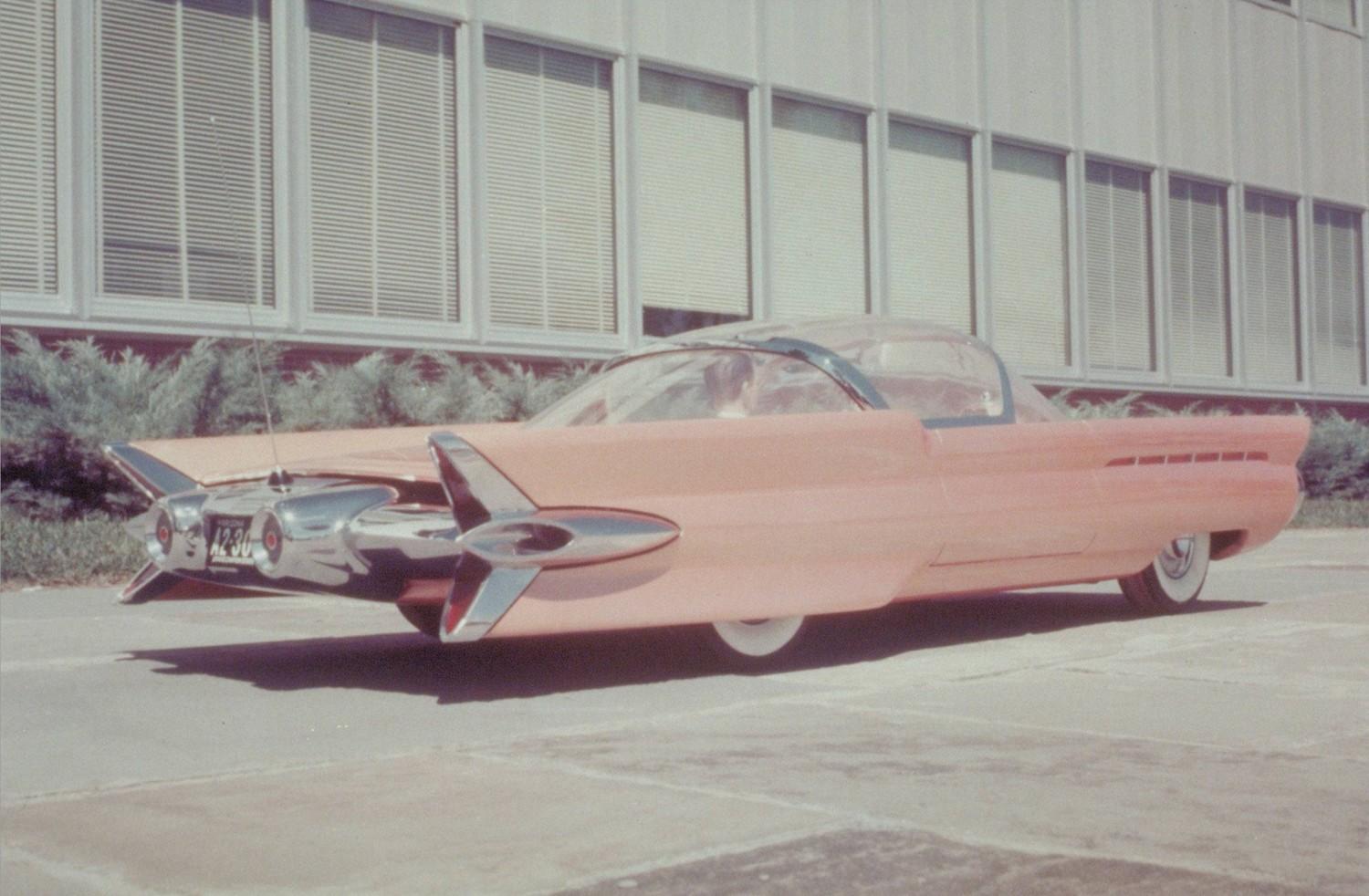Imagine, a car traveling 5000 miles (over 8000 km) in one go until it reaches the next fuel station! The 1950s used to be a time when car-makers around the world were toying with such seemingly impossible ideas.
Why Chinese Stealth Fighter Jets Have ‘No Buyers’ In Sight Unlike The US’ F-35 & Russian Su-57 Jets?
In 1958, American automobile giant Ford introduced its nuclear-powered car, Nucleon. Ford visualized Nucleon as a vehicle of the atomic-powered future.
It was based on the belief that future technology will reduce the weight of nuclear reactors and their shielding, thereby making the dream of using nuclear power in automobiles a reality.
The model consisted of a reactor, called the “power capsule”, which contained a radioactive core. The core could be interchanged by the driver, depending on the requirements of performance and the distance.

According to the concept, Nucleon would be able to travel 5,000 miles between two fuel stations. On the exhaustion of the charge, the car would have to be taken to a charging station.
It was believed that charging stations for the Nucleon will be as common and accessible as the present-day gas stations.
Interestingly, the car was conceived as 200.3 inches long, 77.4 inches wide, with a 41.4-inch high roof.
After Japan, Turkish Aerospace Giant Displays Its Flying Car: WATCH NOW
Nucleon was based on the same concept as that of a nuclear submarine. According to The Next Web, the nuclear reactor was expected to fission the uranium pellets, leading to heating of water and subsequent production of steam.
The pressure generated by the steam would then move the turbines, producing electric or mechanical power.
The uranium pellets are quite efficient in producing huge amounts of energy. There would be no emissions, and the vehicle would only generate radioactive wastes which could be safely removed from the reactor.
Nucleon now adorns the Ford archives of its mid-century concept cars and probable future designs.
Is The Feasible?
Dr. L. Dale Thomas, Deputy Director of Propulsion Research Centres, University of Alabama, said that with a nuclear-powered car, the real challenge was to manage the energy released by its radioactive core.
Ford Nucleon concept car #Ford #cars #design pic.twitter.com/zESNOgOpEn
— Michael Leek (@MichaelLeek1) August 31, 2014
He said the major problem with the project was that of a string of energy conversions. The thermal energy generated by the nuclear reactor had to be converted into mechanical energy, then converted into electric, and again subsequently into mechanical force. The string of energy conversions thus added more inefficiencies.
“Mobile nuclear power on such a small scale was not feasible in the ’50s,” Thomas told TheDrive.
Cars That Never Hit The Road
Following in the footsteps of Ford, a French car company, Compagnie Normande d’Etudes pour l’Application de Procedes Mecaniques, designed a model called Arbel.
It was an eight-seater hybrid petrol-electric vehicle, made of fiberglass. It could generate its own electricity. It had four separate electric motors and its chassis was made of uneven tubing, which was also used as a fuel tank. The company believed the vehicle could be later adapted to nuclear power.
ARBEL / SYMETRIC https://t.co/UDSVT4xFkS pic.twitter.com/TBw7SMOpMr
— Agence Toma & Jack (@AgenceTJ) January 9, 2018
At the 1958 Geneva Motor Show, a variant of the car was unveiled. Named ‘Symetric’, the vehicle was to be powered by a 40-KW nuclear thermal generator. The car was, however, not approved by the French authorities.
Simca Fulgur was another French attempt at a nuclear-powered car. Along with its atomic engine, the vehicle also boasted voice-controlled handling and radar guidance. It is believed that the car could be assisted from a control tower. Though it had four wheels, the vehicle could maintain balance on two wheels as well.
Studebaker-Packard Astralhttps://t.co/RDMmXoovVX
— tim wieand (@Helios8130) January 3, 2021
American car company Studebaker Packard unveiled a concept car, Astral, in 1958. It was designed with a single gyroscopic balanced wheel. The nuclear-powered car could also be driven on water. It was put on display at various places before keeping it in the Studebaker Museum.
READ MORE